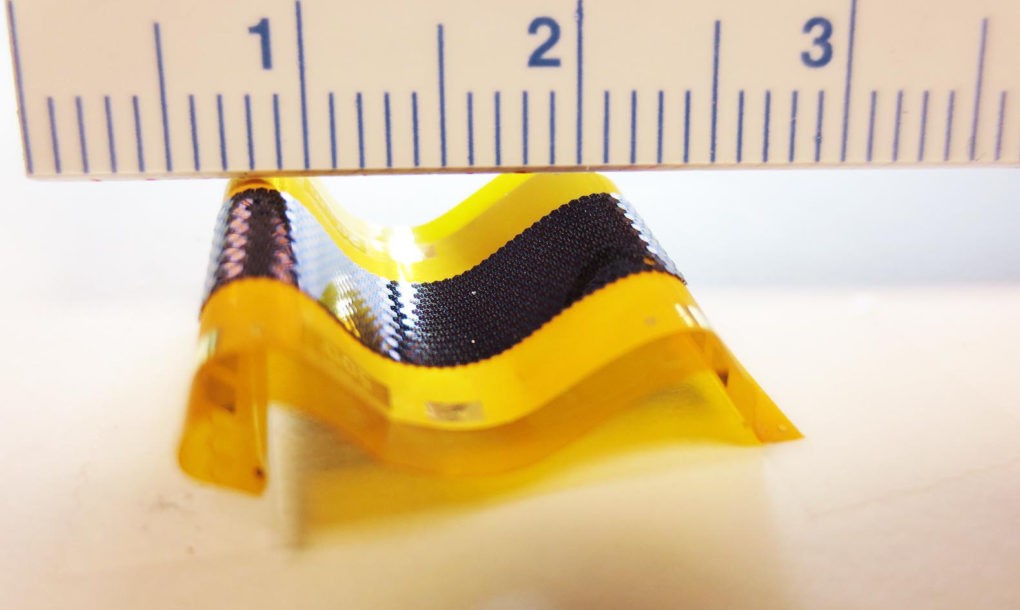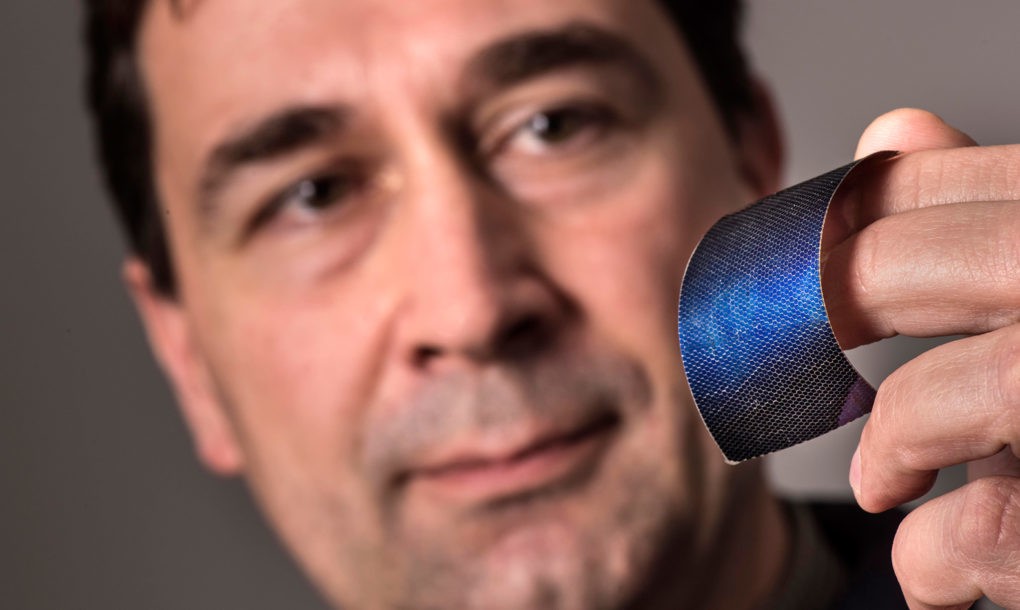RECOMMENDED VIDEOS

Obstruction Lighting for Wind Turbines
OBSTA

Mun Hean : Smart Energy Management Systems
Mun Hean (Malaysia) Sdn Bhd

Detachable Tower Fan
Cornell Sales & Service Sdn. Bhd.

Sol Present - The Solution to Climate Change
Sol Present

CAMSS™ 20Q Shelter with Energy Saving Accessories
CAMSS Shelters
Related Stories
The largest solar farm apiary in the US opens this week
The City of London will be powered with 100% renewable energy by October 2018
New study suggests that plastic waste may be transformed into usable energy
Uravu’s zero-electricity Aqua Panels produce gallons of water from thin air
104% of Portugal’s electricity consumption in March came from renewable energy
10 Dec, 2017

New solar glitter can make virtually anything solar powered
Renewable Energy & Energy Efficiency | UNITED STATES | 30 Oct, 2017
Published by : Eco Media Asia
Small, lightweight, flexible: these attributes when applied to solar cells hint at a far-off clean-poweredfuture to come. But Sandia National Laboratories is now one step closer to seeing the tiny bendy solar cells they’ve developed, which they call solar glitter, on the market. These energy-generating cells could easily be integrated in small gadgets like drones, satellites, or smartphones.

Former Sandia scientist Murat Okandan started his own company, mPower Technology, Inc., and recently signed a licensing agreement with Sandia for microsystems enabled photovoltaics (MEPV), the technology that makes solar glitter possible. Okandan described the moment as a key milestone, saying, “It is an extremely exciting time in the solar industry with the upcoming critical, rapid change in the worldwide energy infrastructure.”
MEPV draws on microdesign and microfabrication techniques to create the tiny solar cells that are then are released into a solution much like printing ink. The mix is then printed onto an inexpensive material. mPower will commercialize MEPV as Dragon SCALEs, which Sandia says will “fit into and power devices or sensors of any shape or size.”

Dragon SCALEs fold like paper for easy transportation, and could be utilized as portable energy generators. They could be installed more rapidly and cheaply than typical solar power systems. Okandan said Dragon SCALEs are more reliable, with lower energy costs, than the silicon photovoltaic(PV) cells common today. In a statement he said, “The key limitation to silicon is that if you bend and flex it, it will crack and shatter. Our technology makes it virtually unbreakable while keeping all the benefits of high efficiency, high reliability silicon PV. It allows us to integrate PV in ways that weren’t possible before, such as in flexible materials, and deploy it faster in lighter-weight, larger-area modules.”
Article from inhabitat.com
by Lacy Cooke
